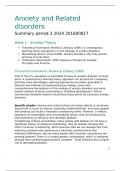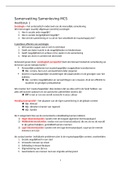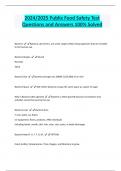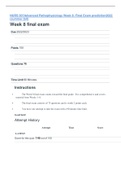Samenvatting
Summary of ALL literature - Anxiety and related disorders ()
- Vak
- Instelling
This is a summary of all of the literature for the course Anxiety and Related disorders. Every week includes the three articles with theoretical framework, maintaining factors and treatment of the specific disorders.
[Meer zien]








